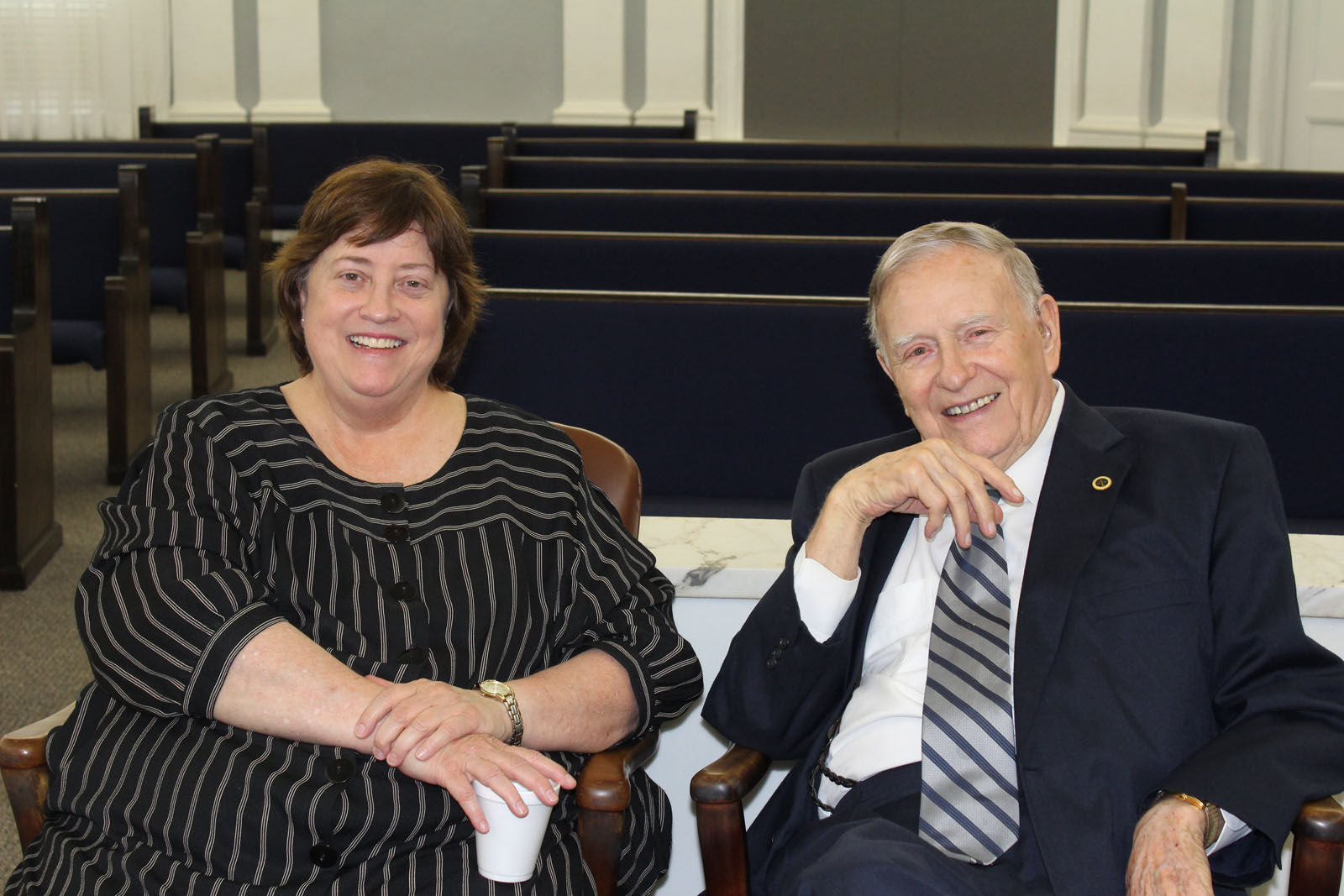
The risk assessment component of the risk regulation process (or any similar consultation of the scientific experts) cannot be claimed to be value-free, and the process must be altered to accommodate a value-laden science. Thus, non-epistemic values, of the kind that are important in risk management, have an important and legitimate role to play in the judgments required to perform and interpret the dioxin studies. Weighing non-epistemic consequences requires the use of non-epistemic values. In order to judge what risk of error to accept, one needs to consider and weigh the consequences of one’s judgments, whether epistemic or non-epistemic.
#Judge susan friedlander earman how to#
I show how problems of interpretation arise for each area of science that prevent a clear-cut answer to the question: what dose of dioxins is safe for humans? Because of significant uncertainties in how to interpret these studies, there is significant risk that one will err in the interpretation. I review three areas of science important to dioxin regulation: epidemiological studies, laboratory animal studies, and biochemical studies.

If you could not see all of them on the map, please use the zoom in and zoom out buttons to. The above map marks up to ten attorneys who also have law offices in McLean, VA. The address of law firm is 1364 Beverly Road, Suite 201 McLean, VA 22101. In examining the recent controversy over dioxin regulation, I argue that the first component is not value-free. Attorney Susan Friedlander Earman works for law firm Friedlander, Friedlander & Earman, P.C. The first component is generally thought to be free of the contentious value judgments that often characterize the second component. SUSAN FRIEDLANDER EARMAN Susan Friedlander Earman is married with three children, ages 16, 18 and 20.

, 4110 Chain Bridge Road, Fairfax, VA, 22030, Susan Madsen, Clerk of Court. The risk regulation process has been traditionally conceived as having two components: a consultation of the experts concerning the magnitude of risk (risk assessment) and a negotiated decision on whether and how to reduce that risk (risk management). Susan Friedlander Earman, Presiding Judge, Hon.


 0 kommentar(er)
0 kommentar(er)
